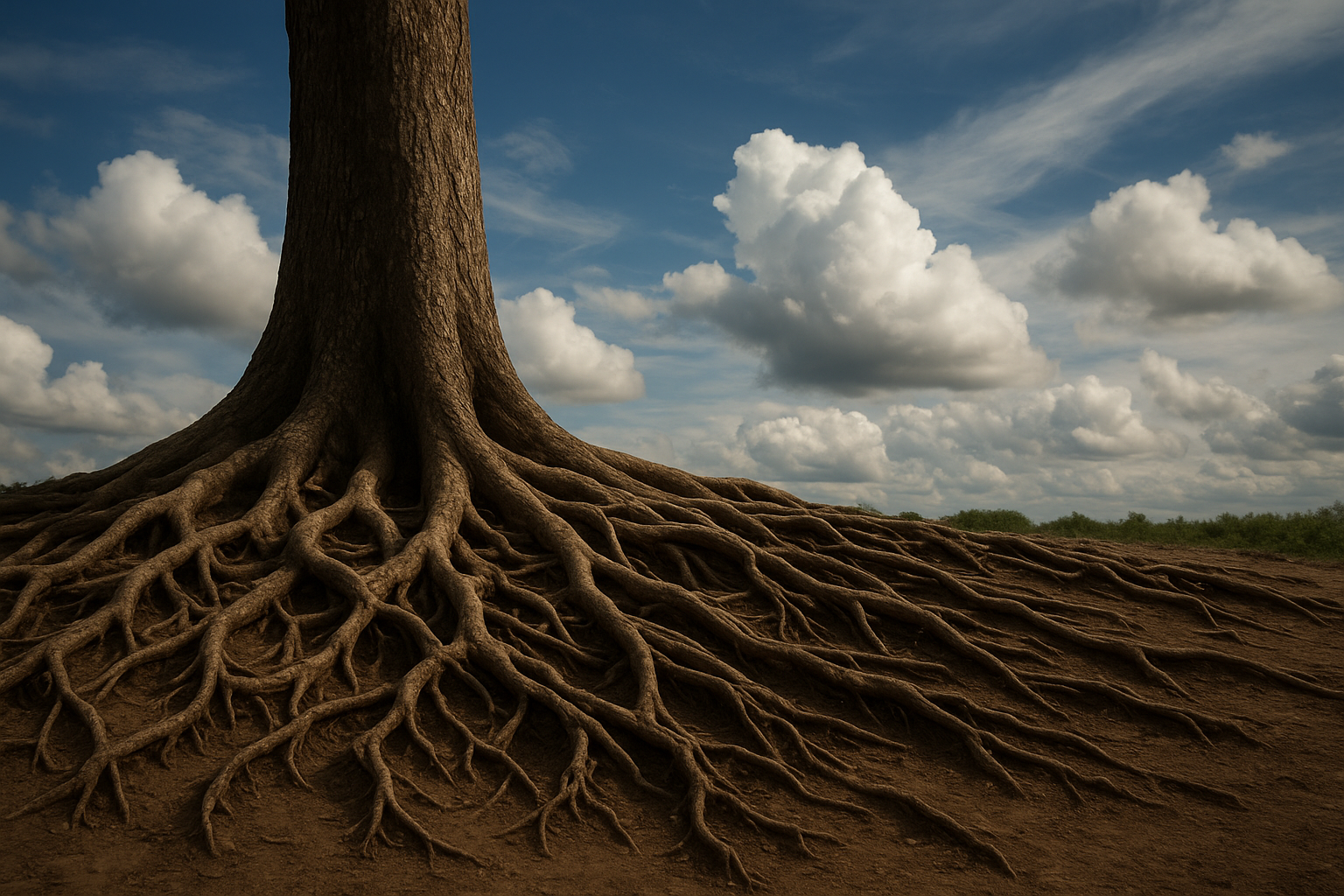Pilgrim Without a Map: Trusting the Dao to Lead the Way
The concept of a ‘pilgrim without a map’ often evokes the image of an exploratory journey undertaken with a sense of faith and openness to whatever path unfolds. In the philosophical context of Daoism, this journey becomes much more profound—a lifelong adventure led by the unseen, the undefined. The Dao, or ‘the Way,’ represents a central idea in Daoism where trust in the universe’s inherent wisdom guides one’s actions and decisions.
Embracing the Dao
The Dao Te Ching, attributed to Laozi, is a cornerstone text that encapsulates the spirit of living in harmony with the Dao. Rather than prescribing a particular path, Laozi advocates for a form of enlightened non-action, or wu wei. According to Laozi:
“The Way is empty, yet when you use it, you never truly fill it.”
— Laozi, Dao Te Ching
This paradoxical statement invites us to trust the inherent potential of the Dao’s void, to believe that in relinquishing control, we allow the universe’s natural flux to lead us to the journey’s true destination.
The Uncharted Terrain
The idea of a pilgrim without a map resonates with the understanding that certainty in life is illusory. In the Daoist perspective, life itself is an uncharted terrain. Attempting to map every turn can lead to a narrowed experience that misses the spontaneous beauty of unexpected paths. This acceptance of the unknown instills a profound sense of peace:
“Knowing others is intelligence; knowing yourself is true wisdom. Mastering others is strength; mastering yourself is true power.”
— Laozi, Dao Te Ching
As Daoists believe, understanding oneself, and one’s place within the broader tapestry of existence, is a much more enlightening pursuit than charting and conquering external territories.
Living the Daoist Way
To live according to the Dao is to harmonize with life’s natural rhythms rather than resisting them. This philosophy asks followers to forgo rigid definitions of success, contendment, and identity in favor of fluidity and responsiveness. As the Dao flows through all beings and things, so too does it navigate the pilgrim’s journey:
- Non-attachment: The absence of a map symbolizes letting go of fixed expectations or goals that may limit one’s experience.
- Serendipity: Accidental discoveries may be more significant than destinations initially planned.
- Integration with nature: Observing and mirroring nature’s effortless adaptation and balance.
- Spontaneity: Embracing change and opportunity when they arrive, without clinging or apprehension.
The Role of Trust
One core tenet of trusting the Dao is the cultivation of trust—not only in the universe but also in oneself. Trusting the Dao means letting go of fear and control, thereby allowing intuition and the heart, rather than the ego and outward anxiety, to navigate.
In this context, Alan Watts, a British writer and speaker known for interpreting Eastern wisdom for a Western audience, states:
“To have faith is to trust yourself to the water. When you swim, you don’t grab hold of the water lest you sink and drown, instead you relax and float.”
— Alan Watts
As the quote suggests, trusting the Dao implies relaxing into life’s currents, relinquishing the struggle against them.
Challenges Along the Way
Despite its insights, a journey guided by the Dao isn’t without its challenges. In a world driven by goals, maps, and direct outcomes, the Daoist path may seem counter-intuitive. The modern pilgrim faces doubts of practicality and efficacy. Yet, therein lies its transformative power—learning to thrive amidst uncertainties often leads to profound spiritual and personal growth.
The Influence of Daoism Today
In contemporary society, the principles of Daoism influence a wide array of fields, from leadership and personal development to art and technology. The notion of harmonious living, abiding by natural laws, and following the intuitive ‘inner compass’ resonate deeply with those seeking paths less conventionally defined.
Furthermore, the Daoist emphasis on balance and sustainability resonates with modern ecological and mindfulness movements. The integration of Daoist principles cultivates resilience against the often overwhelming pace and demands of contemporary life.
Conclusion
The journey of a pilgrim without a map, guided by trust in the Dao, is profound in its simplicity and complexity, reflecting the paradoxical nature of Daoism itself. To walk such a path, embracing the wisdom of wu wei and the lessons of spontaneous existence, is a practice in spirituality, courage, and enlightenment.
As we stand, mapless and eager to embrace the infinite possibilities of our journeys, trusting the Dao to lead the way proves not just a philosophical ideal but a beacon of living harmoniously within the wondrous unpredictability of life.


